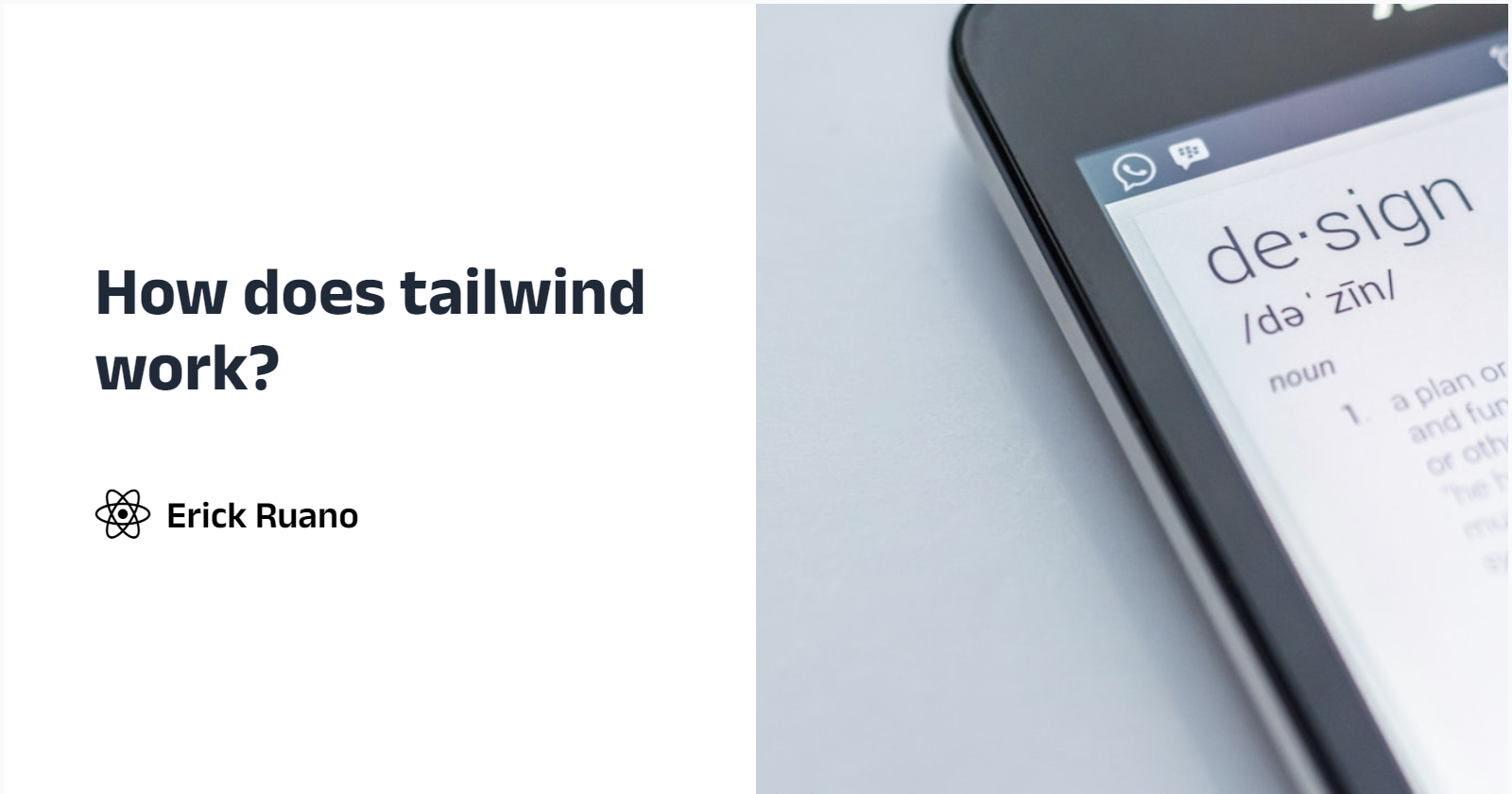Tailwind CSS + Vite Demystified
 Erick Ruano
Erick Ruano
When setting up Tailwind CSS with Vite, the official guide provides straightforward steps that just work. However, some parts of the process might feel like magic, leaving you wondering how everything fits together. This micro-article aims to demystify those seemingly magical steps by explaining why certain dependencies are necessary and how the tools interact behind the scenes.
Here's a quick recap of the typical setup process:
Here's a quick recap of the typical setup process:
Install Tailwind CSS and Dependencies:
npm install -D tailwindcss postcss autoprefixerInitialize Tailwind CSS Configuration:
npx tailwindcss init -pConfigure Template Paths in
tailwind.config.js:module.exports = { content: ['./index.html', './src/**/*.{js,ts,jsx,tsx}'], theme: { extend: {} }, plugins: [], };Add Tailwind Directives to your CSS file (e.g.,
src/index.css):@tailwind base; @tailwind components; @tailwind utilities;Start the Development Server:
npm run dev
At this point, Tailwind CSS classes work in your project without additional configuration, which might feel almost too easy. Let's explore what's happening under the hood.
Demystifying the Steps
Why Install postcss and autoprefixer?
What Is PostCSS?
PostCSS is a tool for transforming CSS using JavaScript plugins.
It processes your CSS and allows plugins to modify it before it's served to the browser.
Tailwind CSS as a PostCSS Plugin
Tailwind CSS functions as a PostCSS plugin.
It processes special directives in your CSS (
@tailwind base;,@tailwind components;,@tailwind utilities;) and generates the corresponding utility classes based on your configuration.
Role of Autoprefixer
Autoprefixer is a PostCSS plugin that adds vendor prefixes to your CSS for cross-browser compatibility.
It ensures that the Tailwind-generated CSS works consistently across different browsers.
Vite's Automatic Integration with PostCSS
Why It Feels Magical
Built-in Support: Vite automatically detects and uses your PostCSS configuration without extra setup.
Zero Configuration Needed: As long as you have a
postcss.config.jsfile and the necessary plugins installed, Vite processes your CSS with PostCSS seamlessly.
Minimal PostCSS Configuration
Your postcss.config.js typically looks like this:
module.exports = {
plugins: {
tailwindcss: {},
autoprefixer: {},
},
};
This tells PostCSS to use the Tailwind CSS and Autoprefixer plugins when processing your CSS.
How Vite, PostCSS, and Tailwind CSS Work Together
Because Vite automatically picks up the postcss.config.js file and uses the specified plugins, you don't need to add any additional configuration for PostCSS or Tailwind CSS in your Vite setup.
Conclusion
By demystifying the integration of Tailwind CSS with Vite, we've unveiled the simplicity and efficiency that these modern tools offer. Understanding the roles of PostCSS and Autoprefixer empowers you to customize and optimize your development environment confidently. The seamless collaboration between Vite, PostCSS, and Tailwind CSS removes the friction of setup, allowing you to focus on building exceptional user interfaces without being bogged down by configuration complexities.
Credits
Tailwind CSS – A utility-first CSS framework for rapidly building custom user interfaces.
Vite – A fast build tool that leverages native ES modules, providing a lean development experience for modern web projects.
PostCSS – A tool for transforming CSS with JavaScript plugins.
Autoprefixer – A PostCSS plugin that parses your CSS and adds vendor prefixes for cross-browser compatibility.
Official Tailwind CSS Vite Guide – Step-by-step instructions for setting up Tailwind CSS with Vite.
Subscribe to my newsletter
Read articles from Erick Ruano directly inside your inbox. Subscribe to the newsletter, and don't miss out.
Written by
